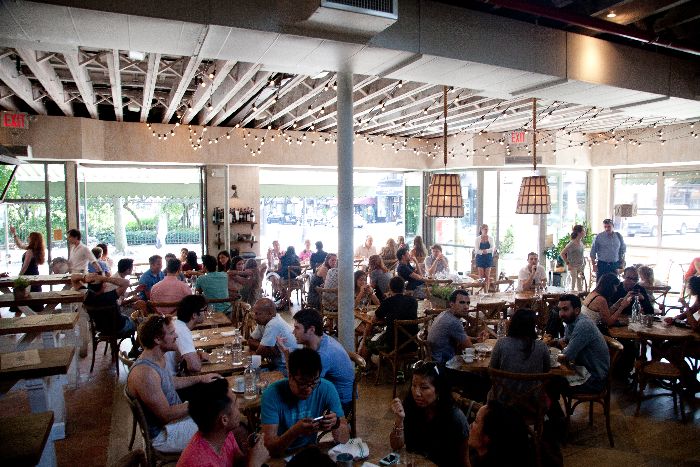
Instead, she urged the city to build low-rise vernacular architecture for moderate-income households.īut this was easier said than done. She had famously written, “The stretch of Hudson Street where I live is each day the scene of an intricate sidewalk ballet.” But she loathed the modernist towers that were then the government’s preferred architecture for low-income housing.įirst she stopped the destruction of her neighborhood, and then she stopped the construction of the towers that were still planned for the fringes of what had been an industrial, waterfront area. Jacobs, who lived with her husband and two children above a candy store at 555 Hudson St., a busy thoroughfare, believed in high-density, energetic neighborhoods. The city housing authority commissioner, Ira Robbins, called Jacobs and her allies “ignorant, neurotic, dishonest, slanderous, disorderly, and disgusting.” Or, as writer Roger Starr, then executive director of the Citizens’ Housing and Planning Council, said with more decorum: “What a dear sweet character she isn’t.” “First the builder picks the property, then he gets the Planning Commission to designate it, and then the people get bulldozed out of their homes.” The New York Herald Tribune quoted her angry words: “It’s the same old story,” she said. Jacobs had just published her masterpiece inspired by the Village, “The Death and Life of Great American Cities,” when she faced down the Wagner administration and the City Planning Commission in the winter of 1961 over their plan to raze some 14 blocks of 19th-century warehouses and brownstones bounded by 11th Street on the north, Hudson, Washington, and Christopher streets on the east, Morton Street on the south, and West Street on the west. Jane Jacobs was the mother of this neighborhood.” Gay Young, who moved in as a New York University law student in 1976, said, “Even in the days when this neighborhood was the Wild West, a little bit like Williamsburg, these small-scale buildings felt good. “We know one another and, if a calamity occurs, we take care of one another. “This is a very alive building,” playwright Suzanne Stout said of her apartment house on Washington Street. Yet many residents say Jacobs’s vision endures. Indeed, the New York Times once called the houses “an unloved failure.” By the time they opened in 1974, the houses were reviled by Jacobs as well as by most architectural critics, despite having been designed by the distinguished architectural firm of Perkins and Will. Without great arches or heroic statuary, the houses are plain brick buildings punctured by small windows, topped by flat roofs, and unadorned by anything other than an occasional window box of flowers.īounded by Washington Street on the east, Morton Street on the south, West Street on the west, and Bank Street on the north, the stubby West Village Houses were built in place of the towers the Wagner administration had preferred.Ĭonceived in idealism, their construction fell prey to a decade of delays and escalating construction costs that ate away at the architectural standards Jacobs had first proposed.




The West Village Houses, a grouping of 42 five-story walkups, are a living testimony to that victory by Jacobs and her fellow New Yorkers. Few strategic victories have been memorialized in such an unprepossessing, undecorated fashion as Jane Jacobs’s vanquishing of Robert Moses’s effort to alter the makeup of Greenwich Village in the 1960s.


 0 kommentar(er)
0 kommentar(er)
